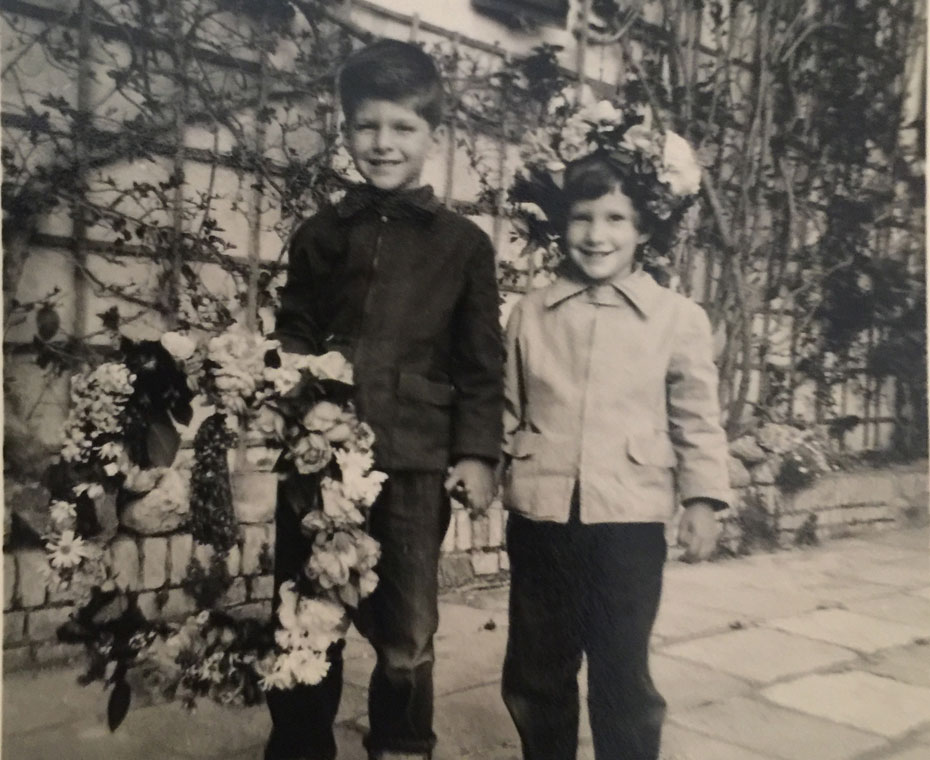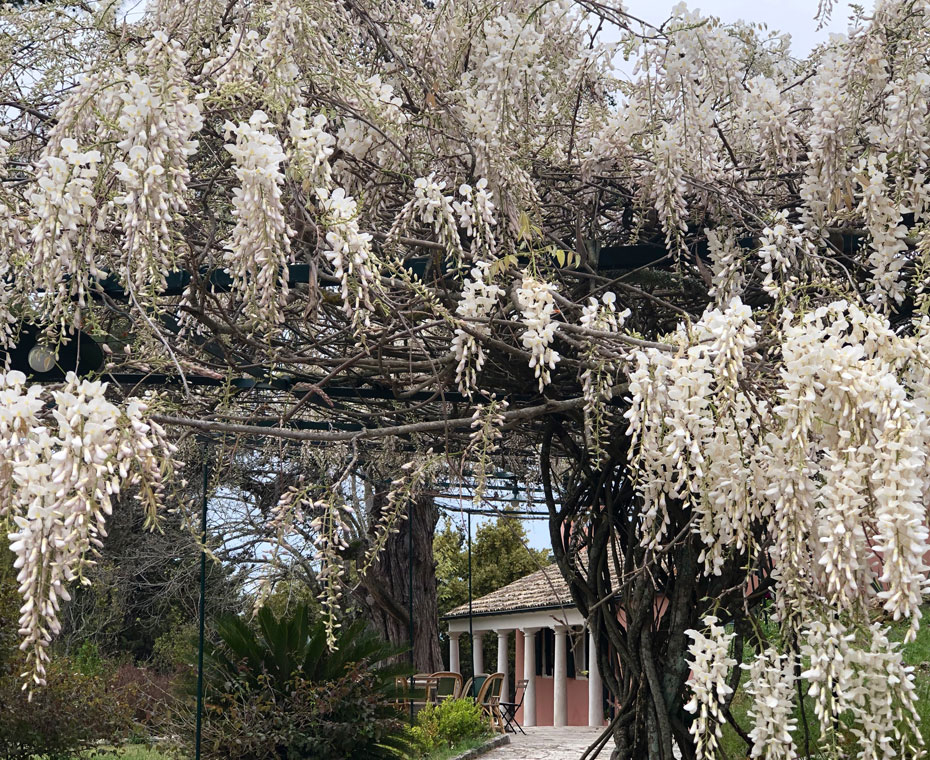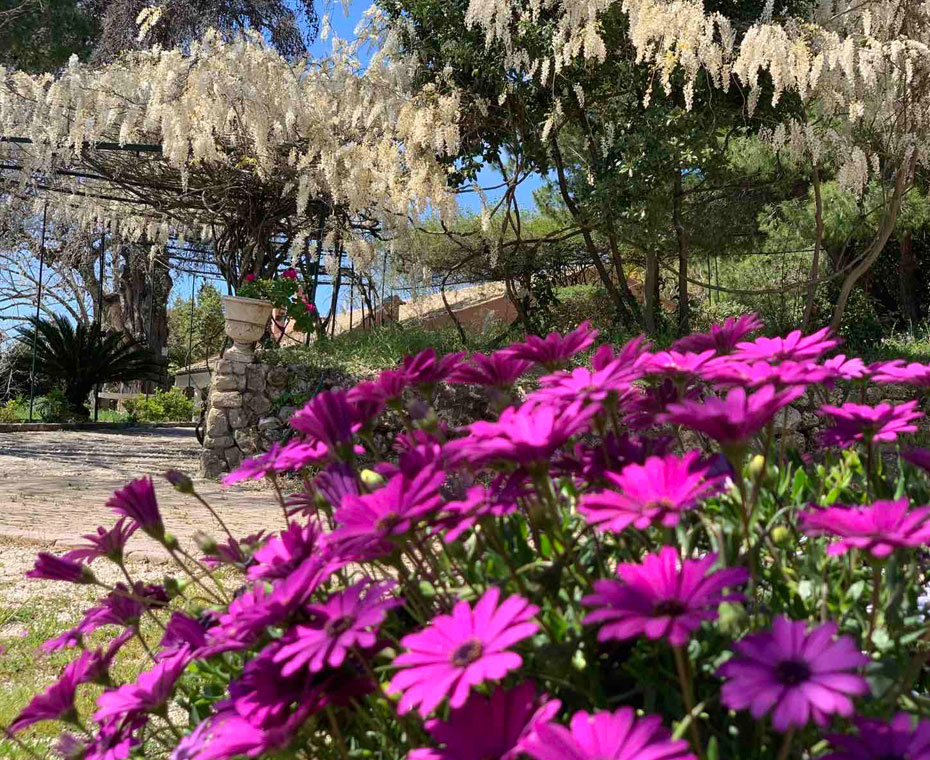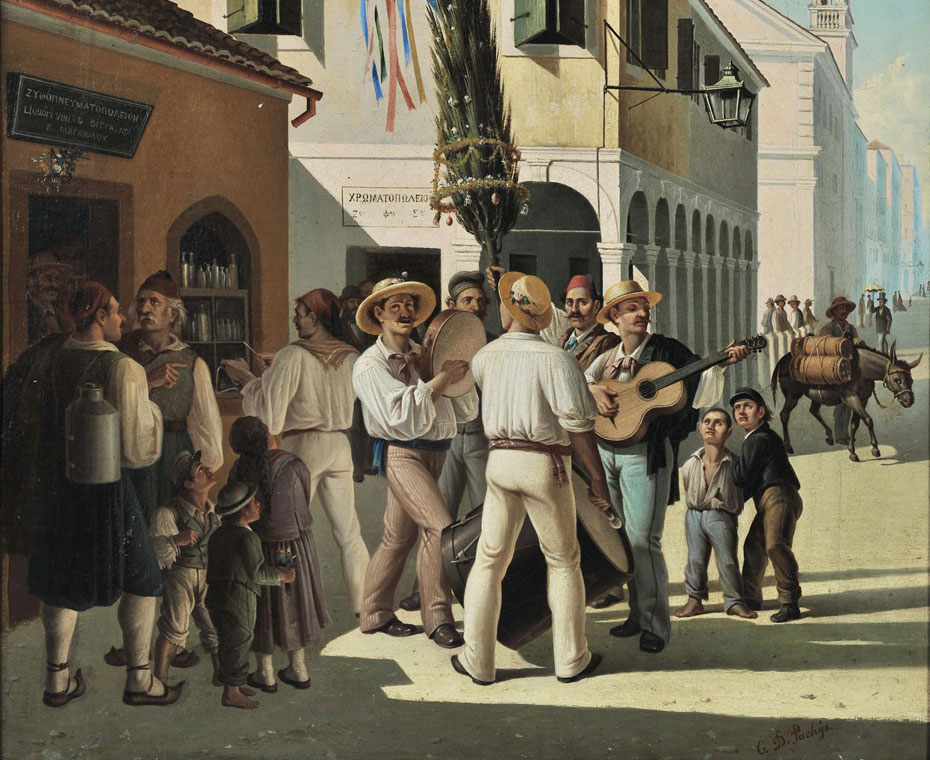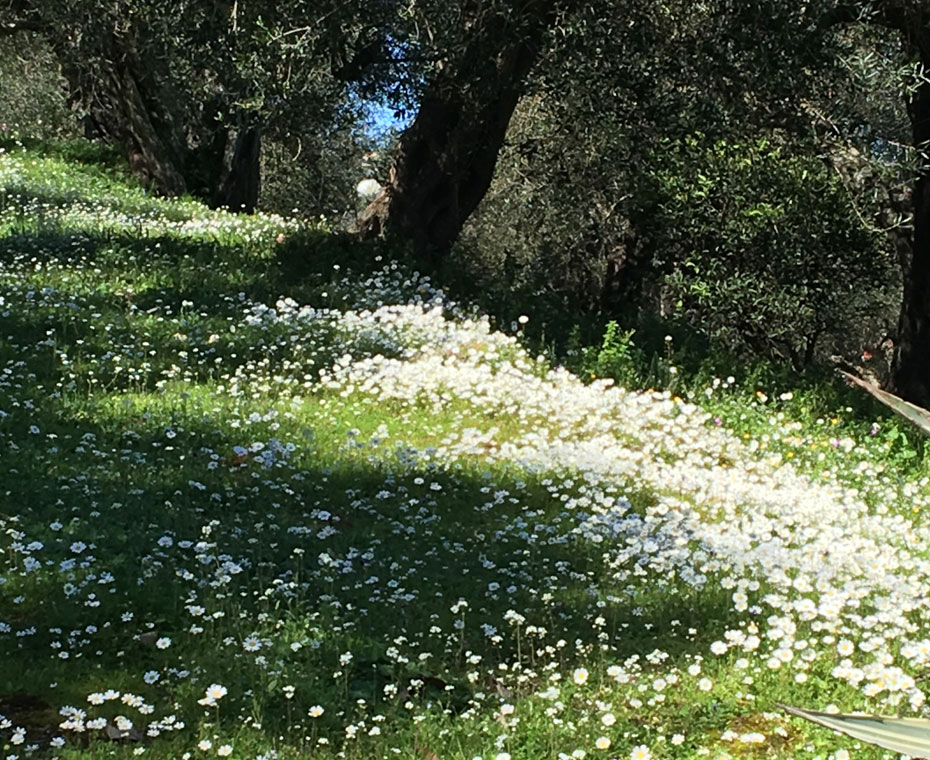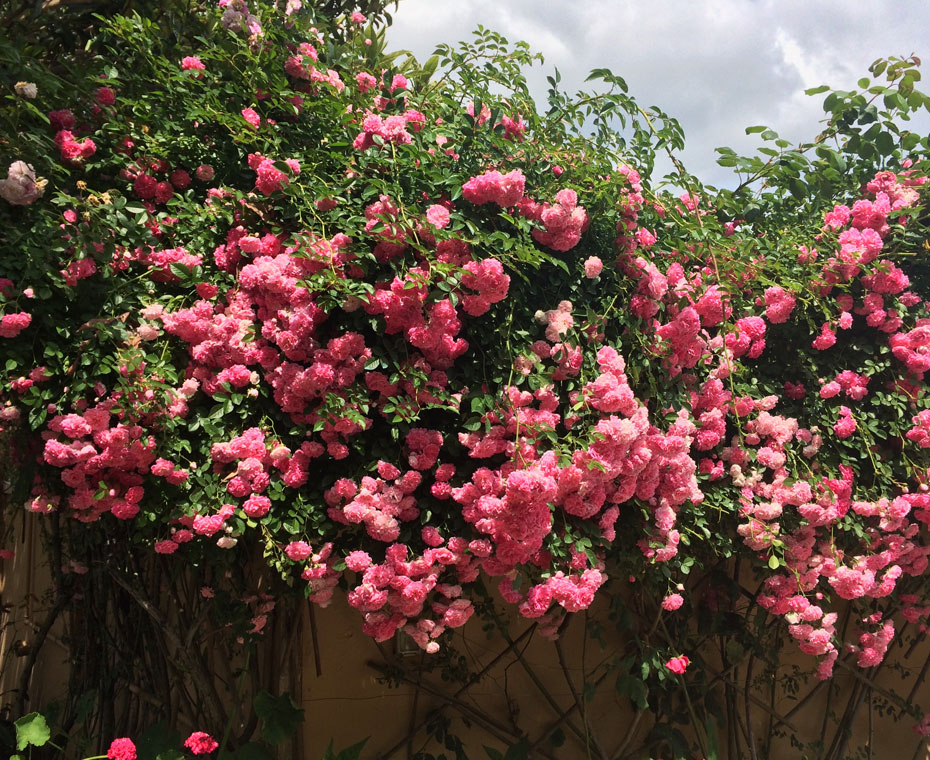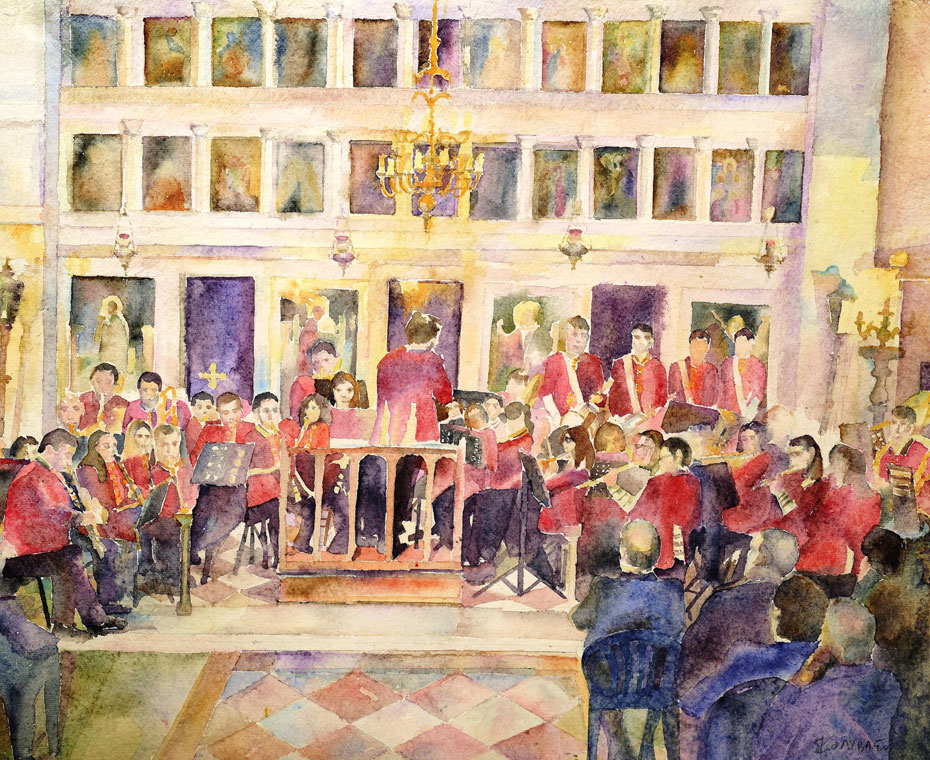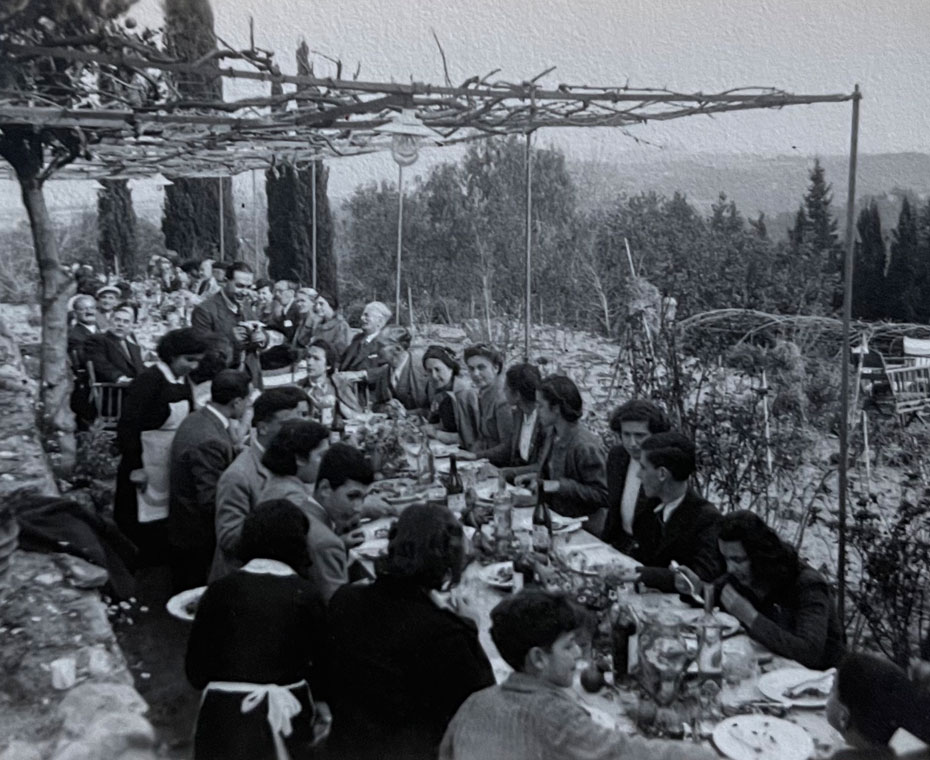SPRING IN CORFU
On the planes, in the cool, where herds graze,
In vegetable gardens hardy and sweet smelling,
In gardens all around, in meadow glades,
May scatters scents and the dawn the breeze…
Mayday, Ksenofon Stinis, Phoni newspaper, May 1911
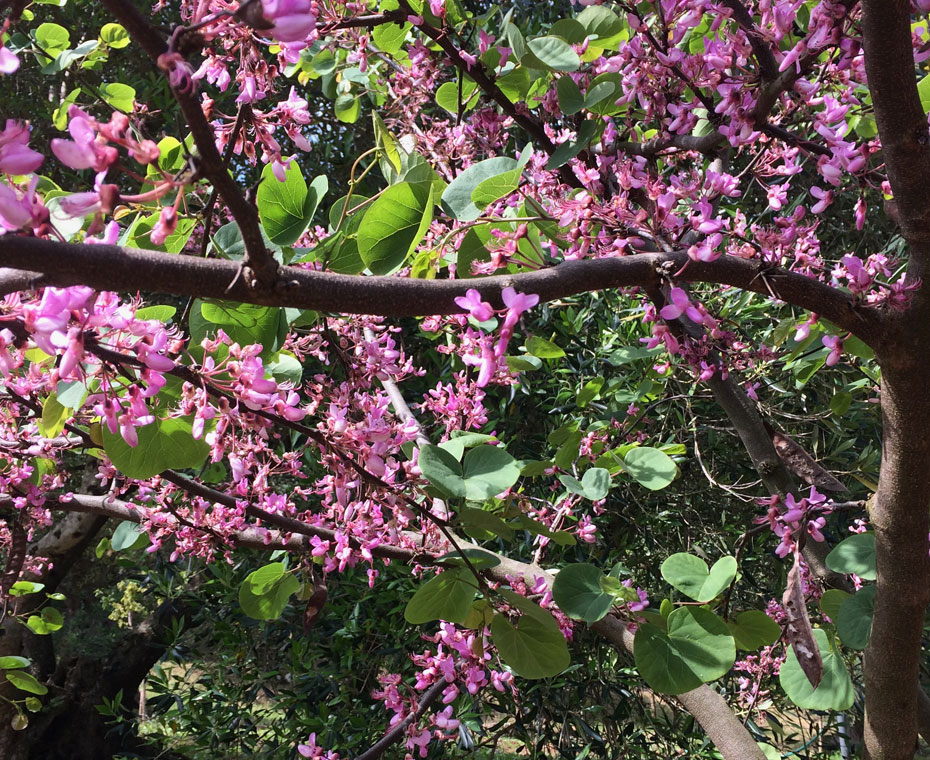
Spring in Corfu enchants all who happen to be on the island at that time. From ancient times, peo-ple have celebrated the rebirth of nature. In Roman times, the first day of May was dedicated to Flora, the goddess of flowers. Until the early years of the 20th century, children in Corfu, wearing wreaths of flowers, would knock on the door of the local landowner to announce the spring festival and wish health and abundance.
‘The farmer crowns his plough, oxen, horse, and donkey with flowers… the breeder his goats and sheep. Housewives scatter flowers on the bed and table and make bouquets which they hang from the wall of the house…’
Emmanuel Theotokis, 1826
In Corfu, on Mayday, the villagers would bring the trunk of a cypress tree into town, whose foliage had been decorated with wreaths and multicoloured ribbons. From it, they hung red Easter eggs, pinecones, artichokes, other gold-painted fruit, doves, and other such items. This ‘May tree’ resem-bled a Christmas tree. The villagers holding the cypress sang songs outside the houses.
Swallows twitter all around. Little girl tying up great red poppies in a wreath…
‘… You really cannot have the least idea how wonderfully the whole place is now covered in flow-ers! There is hardly any green left since an immense crop of marigolds, geraniums, orchises, irises and caronilla have come out […] The hedges are absolutely pink and in fact the whole thing is al-most absurd from its very oddity…’
Edward Lear, The Corfu Years
Easter on Corfu
May 1856: I shall be most glad to be out of town for the whole of the coming week, since Greek Easter is exceptionally noisy, the drums and gunshots are deafening. Furthermore, there is the abominable custom of slaughtering sheep at the front door outside every house, in the middle of the street. Everyone, rich or poor, eats lamb on Easter Sunday, just as at Christmas, we all eat meat or pudding where we come from…
Edward Lear, The Corfu Years
Easter at Koukouritsa was always a great celebration. The only time Ioannis Capodistrias visited Corfu during his diplomatic service in Russia was in the Spring of 1819. It was on this occasion that he happened to meet with some of the Greek chieftains that would later play a decisive role in the Greek Revolution. He invited them to celebrate Easter Sunday on the estate.
Throughout the 20th century, the family would gather here around the table, to share the magic of spring and the uplifting joy that followed Holy Week. As many as ten lambs would roast on the spit in the backyard, while the table was laid under the shade of the arbour.
